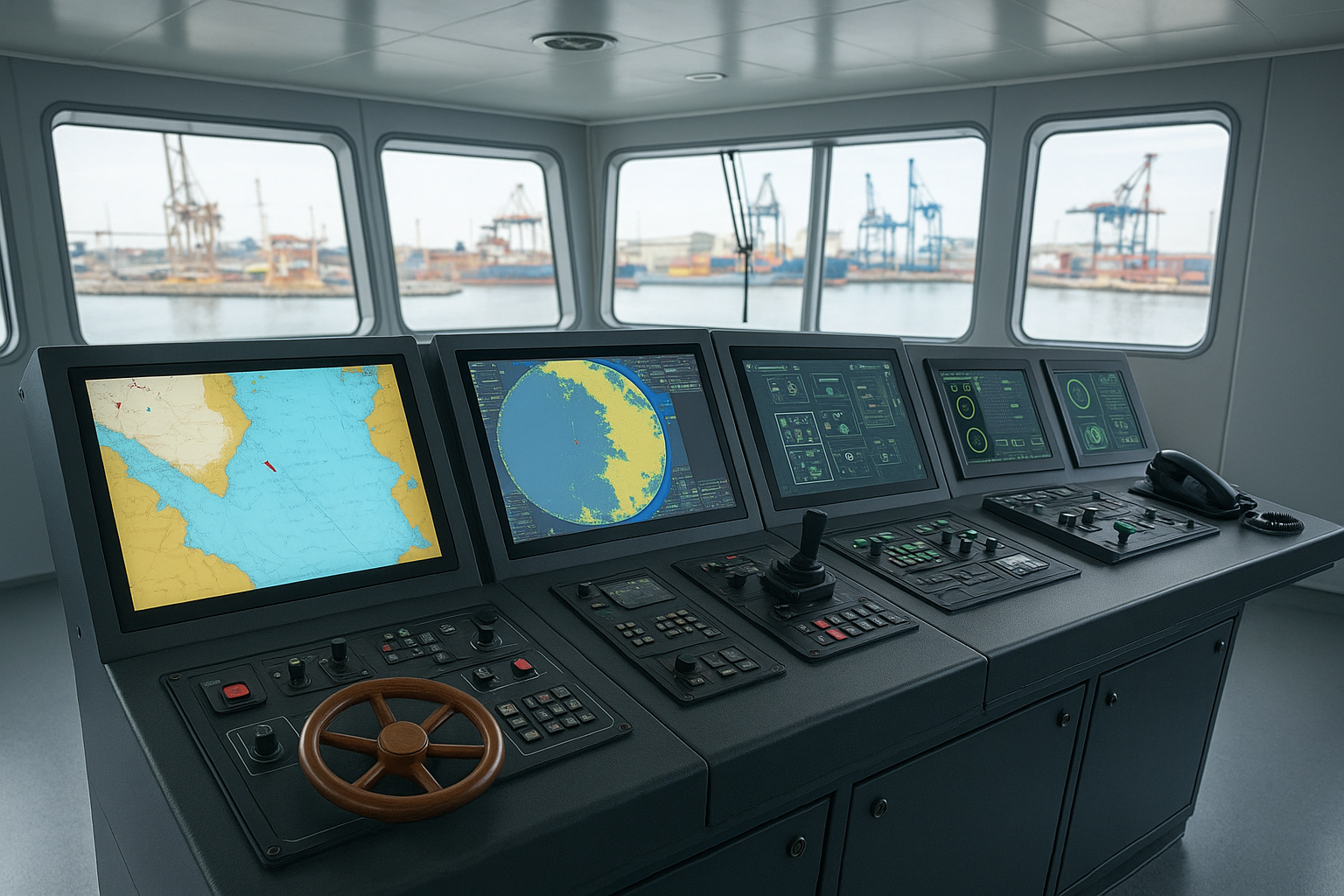The maritime industry continues to evolve, but many ships—especially older fleets—still rely on legacy technologies that expose them to significant cybersecurity risks. Even some newly built ships aren’t immune, particularly when cost constraints or third-party integrations limit implementation of up-to-date defenses.
At The Saturn Partners, we’ve observed firsthand the security gaps that persist across ship classes and sizes. Below is a breakdown of the most common cyber vulnerabilities found onboard, along with guidance for how shipowners and operators can close these critical gaps.
Key Vulnerabilities Still Found on Ships Today
Whether it’s outdated software or network segmentation issues, these vulnerabilities can impact operational safety, data integrity, and regulatory compliance:
- Always-connected safety-critical equipment
Systems constantly linked to shore-side networks create a persistent attack surface if not properly secured. - Lack of boundary protection in shipboard networks
Without network segmentation, malicious actors can move laterally across systems—compromising everything from navigation to engineering controls. - Outdated antivirus and lack of malware protection
Malware can quickly spread on vessels without proper endpoint defenses or active monitoring. - Missing or untested contingency plans
Incident Response Plans (IRPs) are either absent or not regularly tested, making quick remediation nearly impossible during a cyber event. - Unsupported or obsolete operating systems
Legacy platforms often go unpatched, creating easy entry points for attackers. - Weak or inconsistent patch management
Despite years of industry awareness, unpatched system software remains a major threat—particularly for ICS and OT systems. - Insufficient third-party access controls
Contractors and vendors often have unmonitored access to sensitive systems, expanding the risk of breach or sabotage. - Inadequate frontline training
The most secure shipboard environment can still be compromised by human error. Awareness training is critical—especially for personnel handling external communications and logistics.
Don’t Overlook IT/OT Documentation: Asset Registers & Network Maps
A critical but often neglected area of maritime cybersecurity is proper system documentation. For every risk assessment or incident response activity, IT and OT assets must be clearly identified, owned, and catalogued in an Asset Register. This document should include:
- Governance responsibilities
- Equipment lifecycle cost and maintenance tracking
- Asset valuation for risk prioritization
In addition, all ships—especially newly built ones—should maintain clear documentation of network architecture and system inventories, including:
- Logical network maps (IP and non-IP)
- Inventory of network security devices
- Inventory of communications and software systems
- Network services list per equipment or system
Although IACS Recommendation #166 applies specifically to new builds, it serves as an excellent blueprint for improving cyber resilience—even on older ships.
Important note: IT tools should not be applied to OT systems without specialized support. The wrong scanning or inventory method can damage sensitive industrial equipment or disrupt operations.
Final Thoughts
Securing maritime systems requires more than just reactive fixes—it demands coordinated planning, clear documentation, and the involvement of cybersecurity professionals who understand both IT and OT domains. Whether you’re operating legacy vessels or overseeing a newbuild program, closing these cyber gaps is essential to safety and continuity.
Need help identifying risks or building out your cybersecurity documentation? Contact The Saturn Partners to discuss how our team can assess your fleet and implement best-in-class protection strategies.

